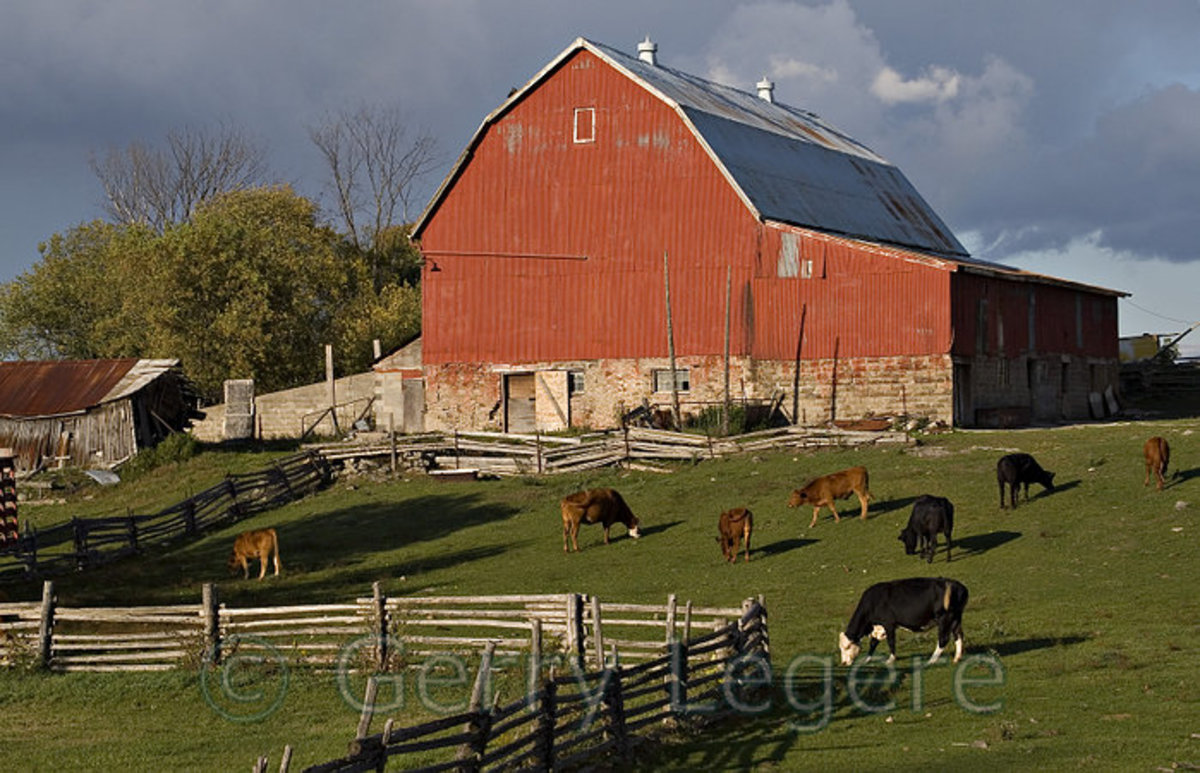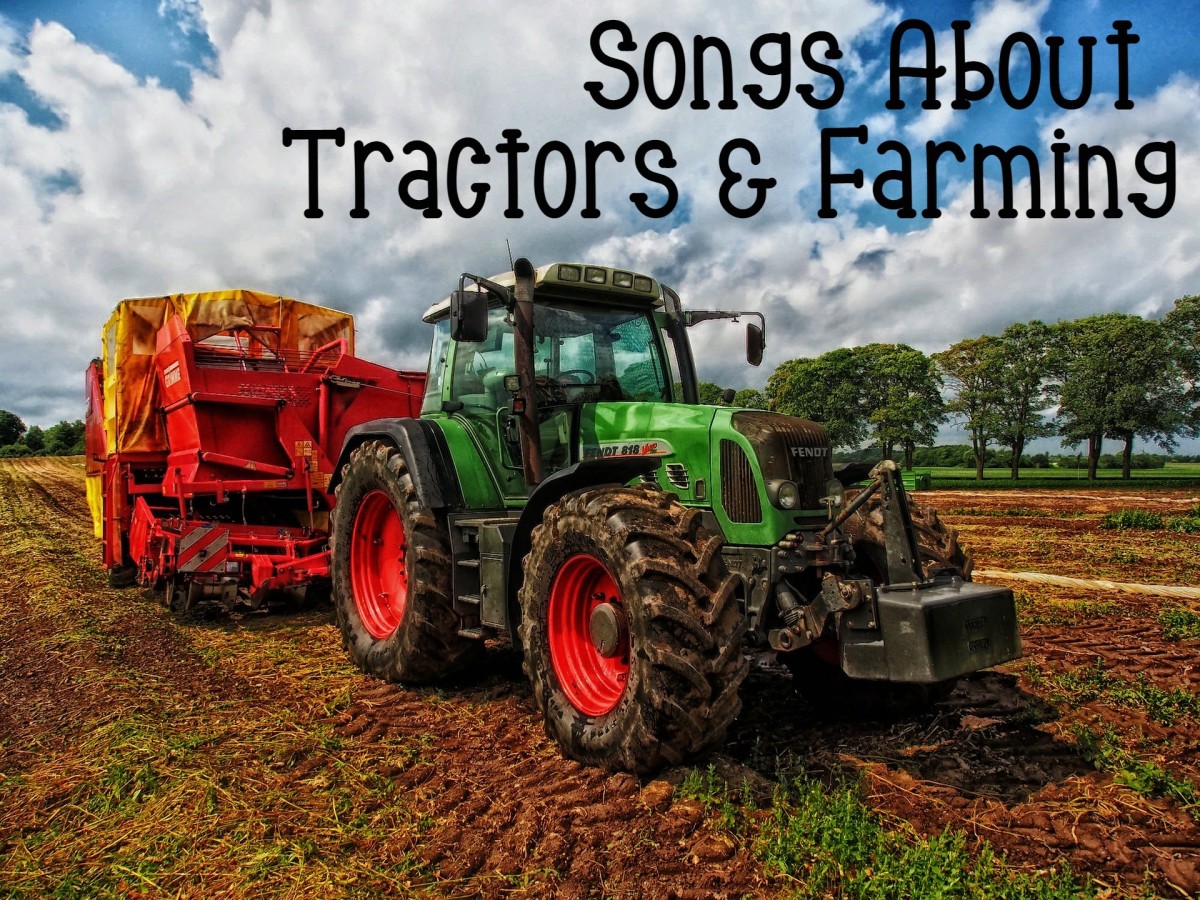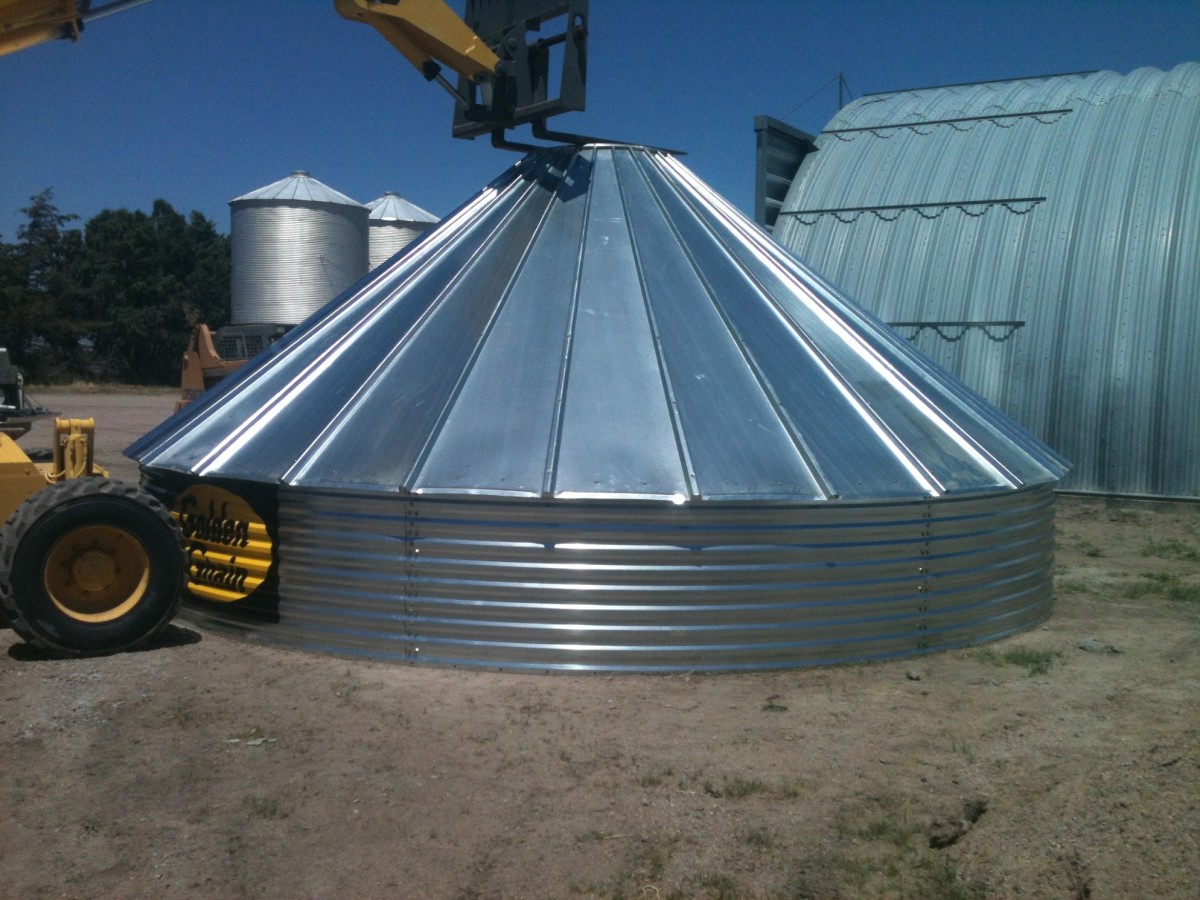Farming in the United States
An Overview
As of 2010, there were 2.2 million farms in the United States, covering 922 million acres, or 418 acres per farm.
According to the 1870 census, 75% of Americans were farmers; today 2.5% toil the fields in this country.
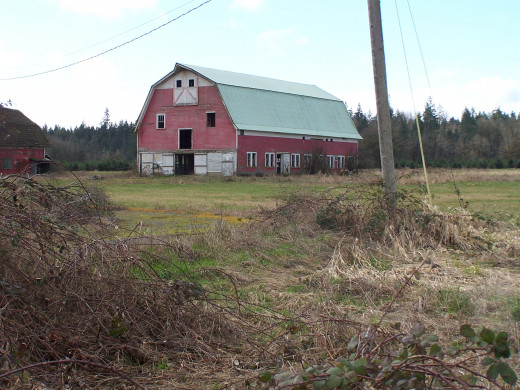
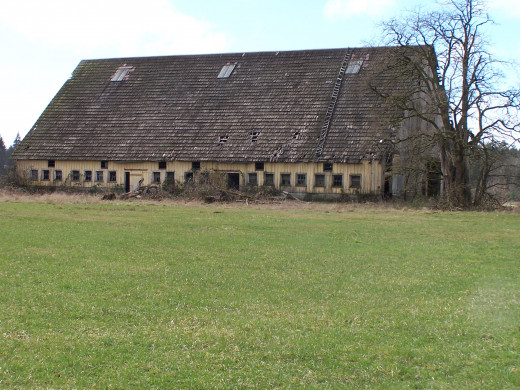
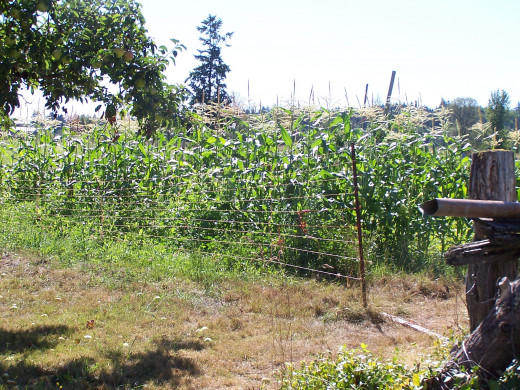
The Fields
The Thompson family owned this farm, the fifth generation to do so. Passed down from Isaac Thompson, who bought these 250 acres back in 1870. He and his wife, Audra, came west from Pennsylvania to Iowa after the Civil War, and eventually settled on this tract of land and set about the business of growing corn.
A man could make a fine living with soil like this, thought Isaac; the rocks he had known back east were absent in this fine soil, so dark and rich and practically begging a man to plant seeds. All it takes is a strong back and a stubbornness to outduel the weather, and yessir, a man could do fine by himself.
So Isaac hitched up the plow and set about doing exactly that, and over the years he passed the farm on to his only son, Peter, and Peter to his son Abe, and down the family ladder until Samuel Thompson and wife Brenda took over the operation in 1979.
Corn prices were falling by then, but still the formula for success passed down for 100 years did not fail them. Up before dawn, Brenda would milk the cows while Samuel prepared to work in the fields. His eyes were always on the skies because a farmer’s life rises and falls with the weather. There is only so much preparation of soil and loving upkeep one man can do; in the end, Nature has as much to say about a good crop as anything.
He hopes for 130 bushels per acre; that would be a good year, but man, there have been some tough years of late, what with the drought and the damn prices dropping. No sense complaining, though; there ain’t nobody listening so what’s the point? There was nobody listening in ’72 when his dad only saw 74 bushels per acre, and there will be nobody listening if they crack the 150 mark this year. A farmer concedes that point. All the people care about is having that corn on their tables in Oregon, and Texas, and New York. Don’t want to hear any bellyaching from the damn farmers. Just get ‘er done!
And get ‘er done he did, like his Pappy, and Grandpappy, until things just got too tough, tougher than a man can handle. Low yields, poor prices, high fuel, costly repairs, it all adds up, and one day a man wakes up and decides he has had enough, or the bank decides it for him, which was the case on this farm. Too many restructured loans, 2nd and 3rd mortgages, always playing against the house in a dice-throw that was destined to lose.
So now the fields stand empty. Mid-July, and the corn should be five feet tall and rustling in the winds, but instead there is only stubble and a bleakness that can only come from shattered dreams.
Visit A Family Farm in Iowa
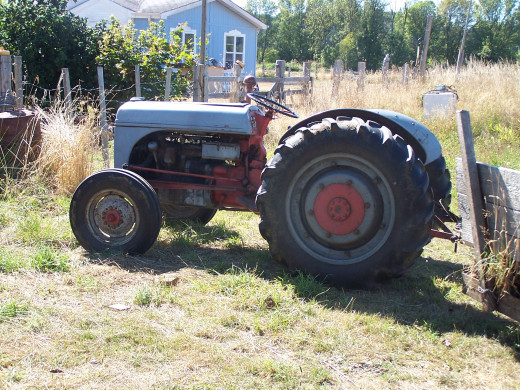

Iowa 1959
- Small Town American Values: Charles City Iowa, 1959
The author reflects on some old-fashioned values he learned as a child visiting his grandparents in the Midwest.
The Farmhouse
How many children were raised in this old home? How many broken bones mended and tears dried. How many nights doing homework by lamplight, and how many sleepless nights spent worrying about making the mortgage payment?
This old house has seen it all and then some, and she is showing her age. Life on a farm means money is always short, at least it was for the Thompson family, so repair of old floorboards and leaking faucets was always low on the priority list. Bone-tired at the end of any given day, and not an ounce of energy left to re-shingle the roof or paint the shutters; that pretty much sums up life on a farm.
Now the sounds of laughter and heartbreak are gone. Children no longer run in her yard; the only sounds are the wind as it flows through the cracks in the walls and rattles the windows.
This old house has seen births and deaths, weddings and graduation parties, and it has felt the love of generations of farmers, but all that is gone now. Where once there was pride, now only desolation reigns, and an oppressive gloom settles over the eaves like some low-pressure system waiting to unleash Hell’s fury.
One-hundred and forty-two years of love and work, frustration and jubilation, all gone, packed into a UHaul trailer and motored down the road to the city. Isaac and Audra, the originals, long gone, long buried, and just as well, for broken dreams should not be witnessed by those who had visions of the stars.
The foundation has buckled from too many harsh winters, a fitting metaphor for the Thompson family and others like them. The bank owns the dreams now, and rumor has it an industrial park is headed in this direction, laying a coat of asphalt over that rich Iowa soil, and smothering any chance of future dreams.
A Living History Lesson
- The History Of One Old Barn In Washington State
Come along for a lovely tour of an old barn and farmhouse in Western Washington. Built without nails, this classic example of a pole barn has been in use for over 150 years.
A Related Article
- Social Problems: Economic Slavery 2012
If you are in the bottom 99% of American society, this article might interest you.
The Future
There will be no more Thompsons, or others like them. The age of the “small” farm is over, tossed upon the bookshelf where all the other classics now sit. Now farming is called agribusiness, and a big business it is. Best in the world in corn farming, baby, and proud of it! We can outgrow any other country, and we have a rich heritage.
But where is that heritage? Gone are the Thompsons, replaced by corporate heads who push figures around looking for the ideal bottom line. All well and good you say; business is business and progress should not be impeded…..but still….this is part of our heritage….this is part of the foundation of our country. The American farmer, standing strong against all that Nature can throw at him, finally found his match as the economic downturn beat him into submission. Nobody in the corporate boardroom is weeping; that’s 250 acres of prime real estate just waiting to be gobbled up, and the banks are rolling in it, racking up the interest, the prime, and the new sales price.
Meanwhile, the Thompsons are now in Des Moines, or St. Louis, or Minneapolis, looking for jobs as clerks in grocery stores and shaking their heads when they see corn selling at 5 ears for two bucks, and wondering how can prices be so high and so many farmers still fail.
Make no mistake about it, there will always be farming in the United States, but will there always be independent farmers like the Thompsons? This land has always produced bounty, and it will continue to do so, but the days of the family farm, passed down from generation to generation, is nearing an end.
And when that end comes, another chapter in the history of our country will come to a close, never to be re-visited. It will take its place upon the shelf, and dust will cover it, and some day that chapter will be taught to school kids in U.S. History classes, and maybe, just maybe, someone will be interested.
On a personal note: my grandparents lost their Iowa corn farm during the Great Depression. I have seen the sorrow and pain firsthand. God bless the farmers!
2012 William D. Holland (aka billybuc)



